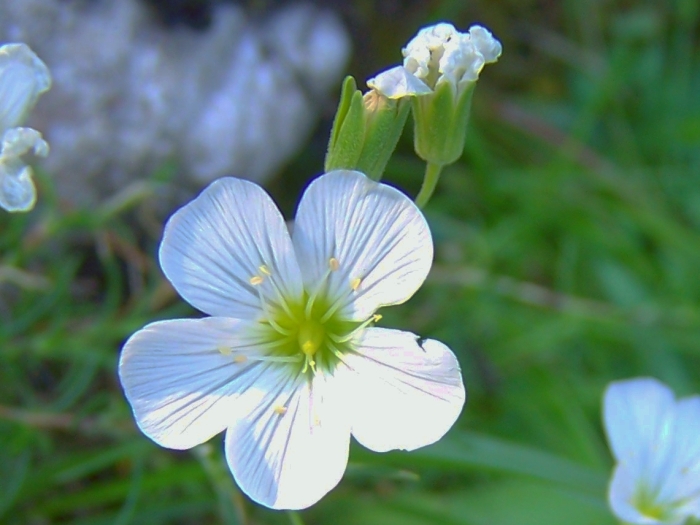Creeping Baby’s-Breath
(Gypsophila repens)
Creeping Baby’s-Breath (Gypsophila repens)
/
/

Opioła Jerzy
CC BY-SA 3.0
Image By:
Opioła Jerzy
Recorded By:
Copyright:
CC BY-SA 3.0
Copyright Notice:
Photo by: Opioła Jerzy | License Type: CC BY-SA 3.0 | License URL: http://creativecommons.org/licenses/by-sa/3.0/ | Uploader: Selso | Publisher: Wikimedia Commons | Title: Gypsophila_repens_a2.jpg | Notes: {{Information |Description ={{en|1=Location taken: Else Kientzler Botanical Garden, Sarchi Norte, Costa Rica. Names: Hedychium coronarium J.König, 'awapuhi-Ke'oke'o, Blanka papilifloro, Butterfly Ginger, Butterfly Ginger Lily, Butterfly Lily... |










































































Estimated Native Range
Summary
Gypsophila repens, commonly known as Creeping Baby’s-Breath, is a perennial herb that can be deciduous or semi-deciduous, native to alpine screes and rocky areas in Central and Southern Europe. It typically forms a low-growing mat about 20 cm (8 in) tall and spreads 30–50 cm (12–20 in) wide. The plant is characterized by its slender stems and gray-green foliage, and during the summer months, it produces a profusion of star-shaped flowers in shades of white, lilac, or light purple, arranged in loose panicles. These flowers are highly appreciated for their delicate appearance and extended blooming period.
Creeping Baby’s-Breath is valued for its ability to soften rock garden landscapes and for its use in stabilizing dry stone walls. Its drought tolerance and mat-forming habit make it an excellent ground cover in sunny areas. It is also celebrated as a cut flower, similar to its relative G. paniculata, and has been recognized with the Royal Horticultural Society’s Award of Garden Merit for its garden performance. This plant thrives in full sun and prefers well-drained soil with low to medium moisture. It is relatively low maintenance but benefits from occasional watering during prolonged dry spells.CC BY-SA 4.0
Creeping Baby’s-Breath is valued for its ability to soften rock garden landscapes and for its use in stabilizing dry stone walls. Its drought tolerance and mat-forming habit make it an excellent ground cover in sunny areas. It is also celebrated as a cut flower, similar to its relative G. paniculata, and has been recognized with the Royal Horticultural Society’s Award of Garden Merit for its garden performance. This plant thrives in full sun and prefers well-drained soil with low to medium moisture. It is relatively low maintenance but benefits from occasional watering during prolonged dry spells.CC BY-SA 4.0
Plant Description
- Plant Type: Herb
- Height: 0.3-0.5 feet
- Width: 0.3-0.5 feet
- Growth Rate: Moderate
- Flower Color: Pink
- Flowering Season: Spring, Summer
- Leaf Retention: Deciduous
Growth Requirements
- Sun: Full Sun
- Water: Low, Medium
- Drainage: Medium
Common Uses
Bee Garden, Butterfly Garden, Deer Resistant, Drought Tolerant, Groundcover, Low Maintenance, Rock Garden
Natural Habitat
Native to alpine screes and rocky areas in Central and Southern Europe
Other Names
Common Names: Alpine Gypsophila, Kriechendes Gipskraut, Gypsophile Rampante, Hängslöja
Scientific Names: , Gypsophila repens, Gypsophila adscendens, Gypsophila sabauda, Gypsophila erectiuscula, Gypsophila repens var. archetypa, Gypsophila dubia, Gypsophila alpestris, Gypsophila repens var. alpestris, Gypsophila repens var. alpigena
GBIF Accepted Name: Gypsophila repens L.